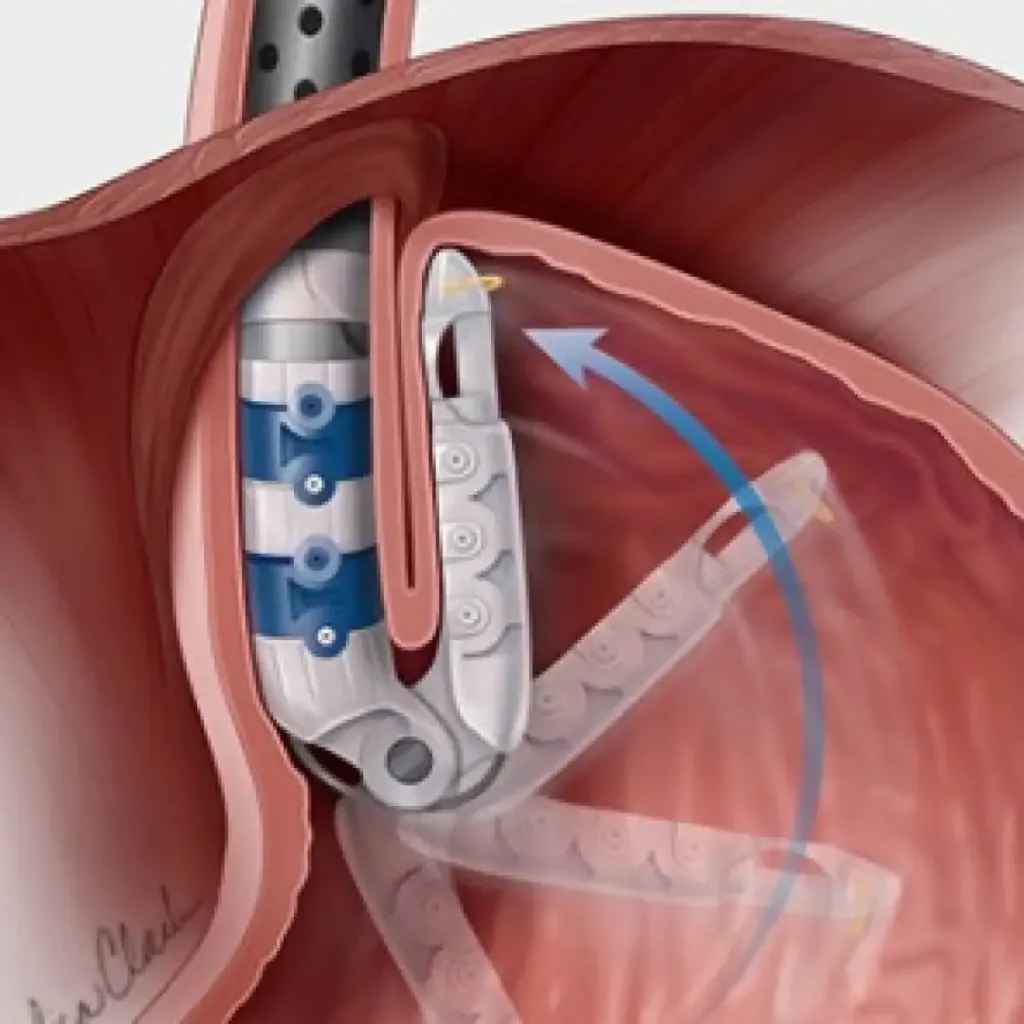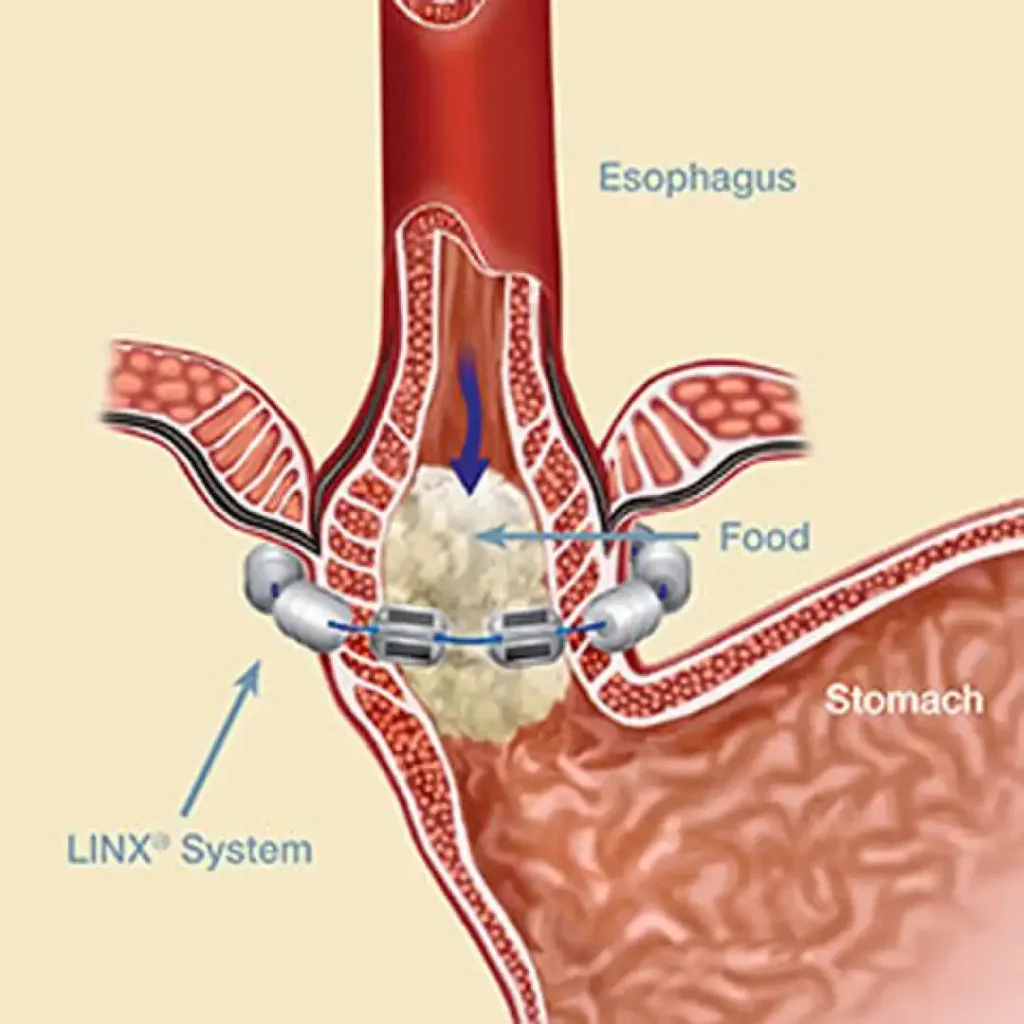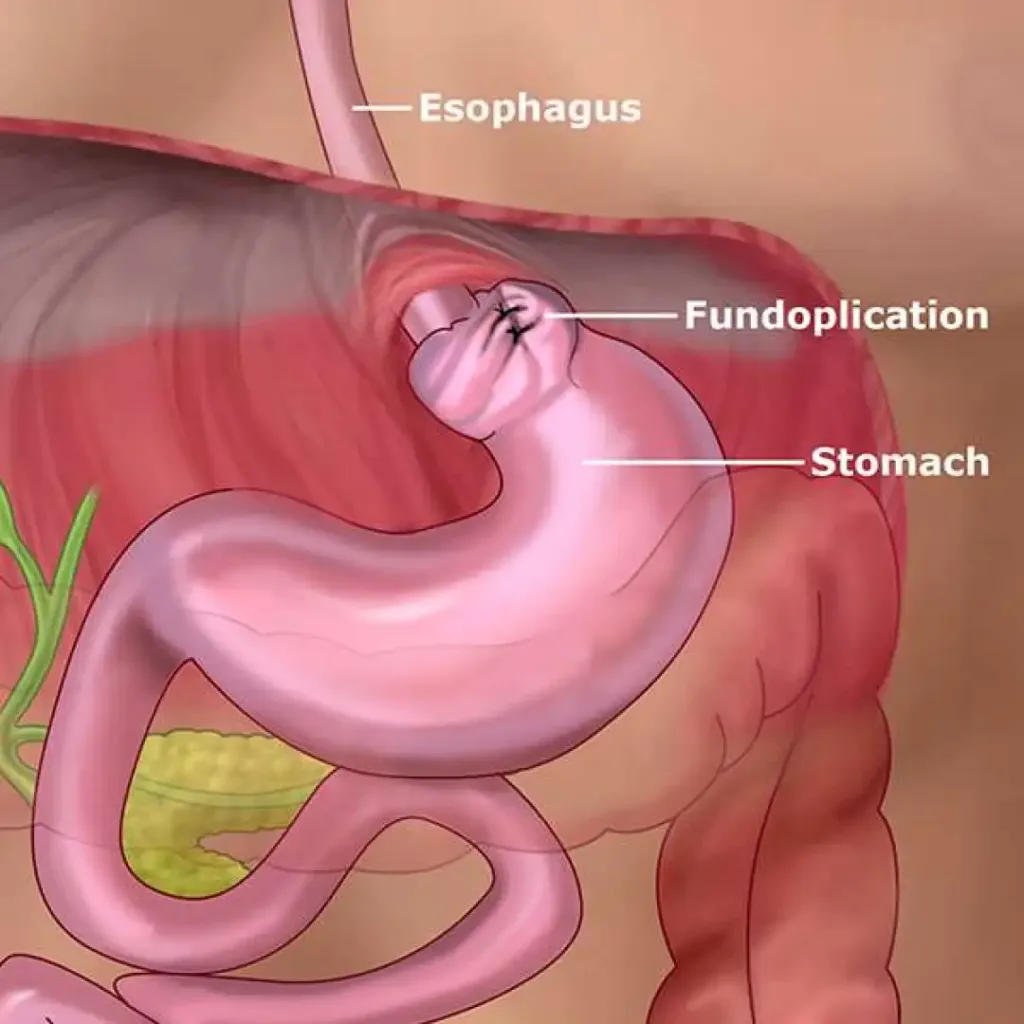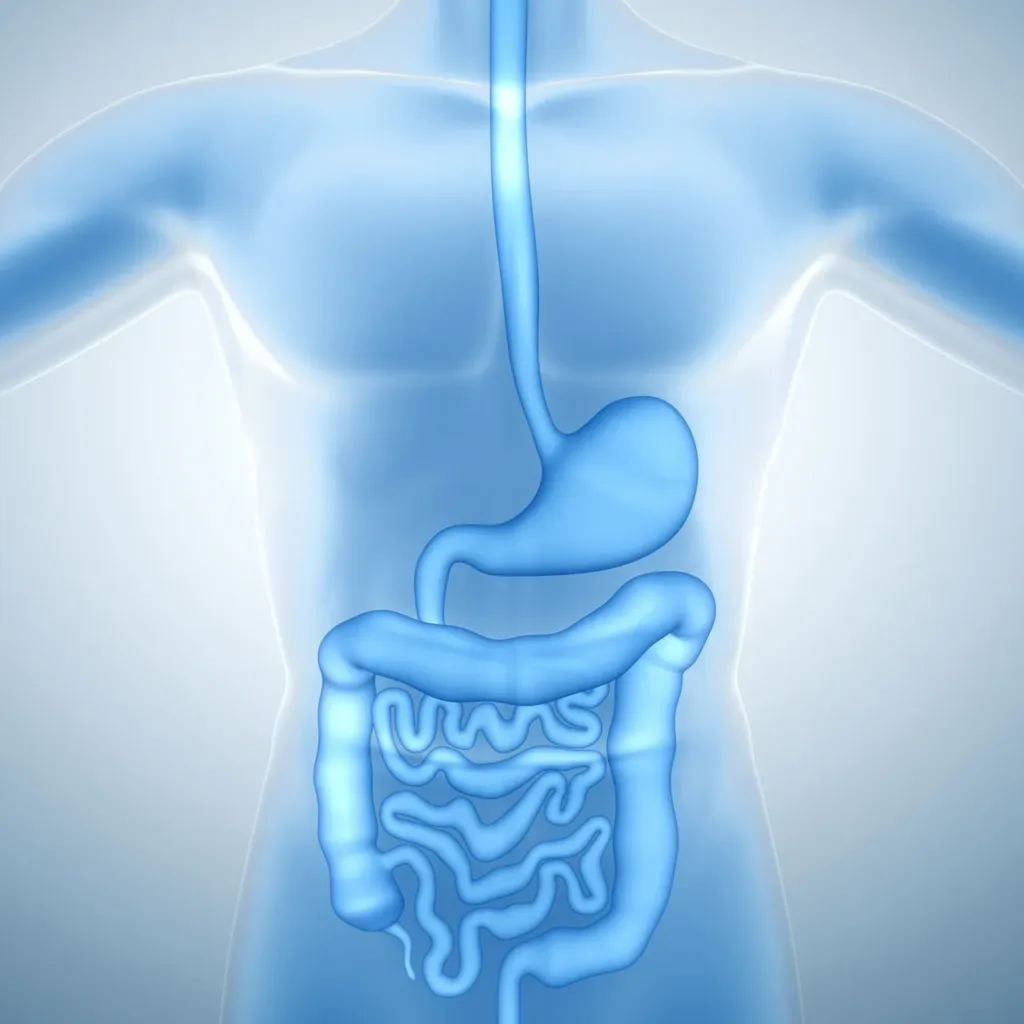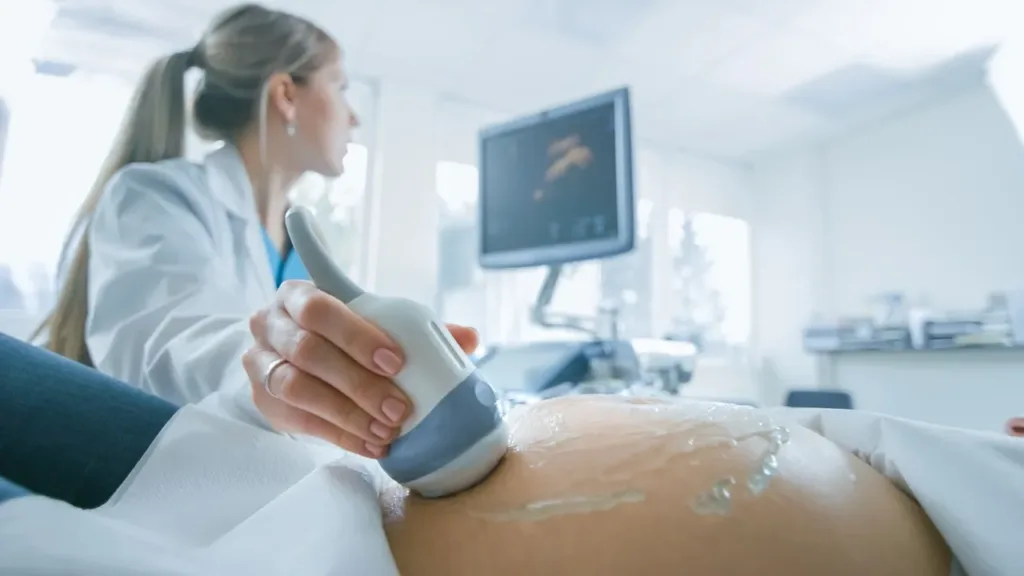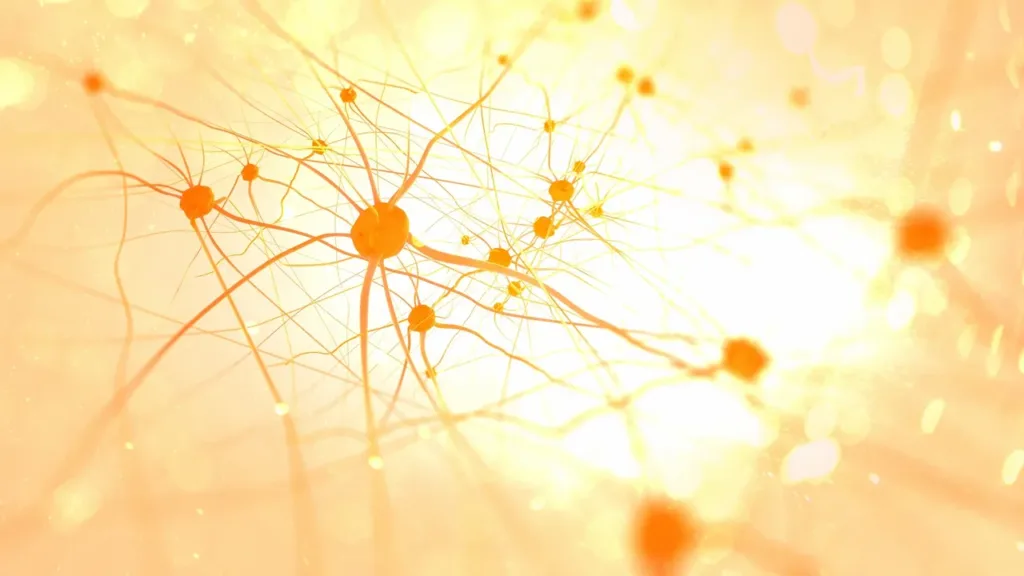Is there a pill for supragastric belching?
Gastroenterology
Heartburn and GERD
Supragastric belching, characterized by air swallowing without the typical stomach involvement, poses challenges for those seeking relief. While lifestyle changes play a crucial role, advancements in gastroenterology explore the potential of medication to alleviate this disruptive condition.
Current Treatment Landscape:
As of now, there isn’t a dedicated pill specifically designed for supragastric belching. Management primarily revolves around behavioral modifications, such as breathing exercises and mindfulness techniques to reduce excessive air intake.
Research and Future Prospects:
Ongoing research delves into pharmaceutical options targeting the neurological and physiological aspects of supragastric belching. Medications that modulate the reflex pathways involved in belching are under investigation, holding promise for a targeted pharmacological approach.
Conclusion:
While there isn’t a pill tailored for supragastric belching at present, the evolving landscape of gastroenterological research suggests potential breakthroughs. In the meantime, individuals grappling with this condition are encouraged to explore behavioral strategies and consult with healthcare professionals for personalized guidance.
Schedule an appointment
Is there a pill for supragastric belching? Read More »




